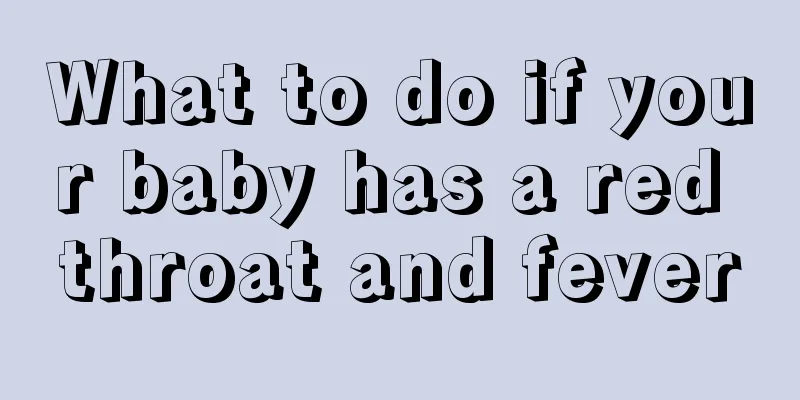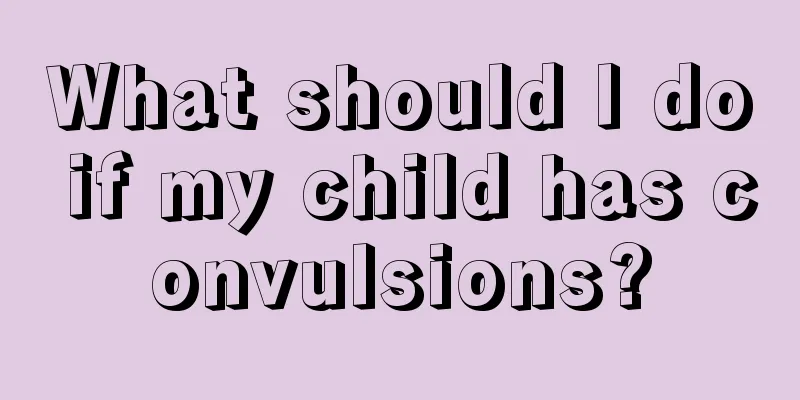What are the screening criteria for childhood leukemia?

|
According to incomplete survey results, the number of children with leukemia in my country is increasing. When a child is diagnosed with leukemia, it is not only a family's hope shattered, but also a loss to the country. Since there is still no specific drug to treat leukemia in our country, the harm caused by leukemia to people continues. Therefore, the greatest effort we can make at present is to discover and treat the disease as early as possible to increase the possibility of successful treatment. At present, our country still attaches great importance to the examination of childhood leukemia. So what are the specific standards for the examination of childhood leukemia? There are eight types of acute non-lymphocytic leukemia, and the diagnostic criteria are as follows. MO (minimally differentiated acute myeloid leukemia): The primitive cells resemble L2 cells under light microscopy. Nucleolus prominent. The cytoplasm is clear and alkaliphilic, without azure granules and Auer bodies. Myeloperoxidase (MPO) and Sudan black B were positive in <3%. Under the electron microscope, myeloid markers such as MPO (+), CD33 or CDl3 may appear (+). Usually lymphoid antigens are (-), but sometimes CD7+ and TdT+. M1 (undifferentiated acute myeloid leukemia): Undifferentiated myeloblasts (type I + type II) account for more than 90% of the non-erythroid cells in the bone marrow, and at least 3% of the cells are peroxidase stained (+). M2 (partially differentiated acute myeloid leukemia): Myeloblasts (type I + type II) account for 30%-89% of the non-erythroid cells in the bone marrow, and monocytes account for 10%. The chromosome of M2a has t(8;21) translocation, and the AML1/ETO fusion gene can be found. M3 (acute promyelocytic leukemia): The bone marrow is mainly composed of multi-granular promyelocytes, which account for no less than 30% of the non-erythroid cells. Chromosome t(15;17) translocation and PNL/RARα fusion gene were found. M4 (acute myelomonocytic leukemia): primitive cells in the bone marrow account for more than 30% of non-erythroid cells, granulocytes at all stages account for 30% to 80%, and monocytes at all stages account for >20%. CD14 positive. M4Eo: In addition to the characteristics of M4, the eosinophils in non-erythroid cells are not less than 5%. Can be found at inv/del(16). M5 (acute monocytic leukemia): ≥ 30% of the non-erythroid cells in the bone marrow are mononuclear or immature. If the promonocytes (type I + type II) are ≥80%, it is N5a, and if <80%, it is M5b. CD14 positive. M6 (acute erythroleukemia): ≥50% immature red blood cells in the bone marrow and ≥30% primitive cells (type I + type II) in non-erythroid cells. M7 (acute megakaryoblastic leukemia): ≥ 30% primitive megakaryocytes in the bone marrow. CD41, CD61, CD42 positive. Note: There are no granules in the primitive cytoplasm, which is type I, and there are a few granules, which is type II. 2. Acute lymphocytic leukemia is divided into the following three types. L1: Primitive and immature lymphocytes are mainly small cells (≤12µm in diameter). The cytoplasm is less, the karyotype is regular, and the nucleolus is unclear. L2: Primitive and prolymphocytes are mainly large cells (diameter >12 µm). There is more cytoplasm, irregular karyotype, often with depressions or folds, and prominent nucleoli. L3: Primitive and immature lymphocytes are mainly large cells with relatively uniform size, more cytoplasm, obvious vacuoles in the cells, alkaline cytoplasm, dark staining, regular karyotype, and clear nucleoli. The above are the examination standards for childhood leukemia. Does this give us a new understanding of the examination for leukemia? Although advanced leukemia is difficult to cure, it is not difficult to cure if it is discovered in time. |
<<: Dietary treatment for psoriasis in children
>>: Common causes of small pimples on children
Recommend
Why do children often have tinnitus?
Many adults have experienced tinnitus, most of wh...
Why don’t children sleep? Parents need to pay close attention
Sleeping is particularly important for children. ...
What to do if your child is irritable and short-tempered
As we all know, many children do not have very go...
What are the clinical manifestations of neonatal head hematoma?
Children's organs are relatively fragile, so ...
Reasons why children often have low-grade fever
If a child often has a fever, it is actually quit...
What to do if your child has dry eyes
With the continuous progress and development of s...
Why does my child’s poop smell so bad?
Feces are waste and garbage discharged by our hum...
3 month old baby head circumference
Many mothers must be very familiar with the term ...
Should babies take anti-inflammatory medicine before or after meals?
Various types of anti-inflammatory drugs are comm...
Causes of swollen lips in children
Why does my baby’s lips suddenly swell? I don’t k...
How long does it take for a child's bone fracture to heal?
Children are more naughty when they are young, an...
What to do if your child has allergic rhinitis and nasal congestion
Because the baby's nasal cavity is relatively...
Baby food recipes for five months
We should pay special attention to the baby's...
How long should children take calcium supplements?
When it comes to calcium supplementation, there a...
Watching TV is harmful to children. You should pay attention to it after watching it.
Many parents do not pay much attention to their c...









